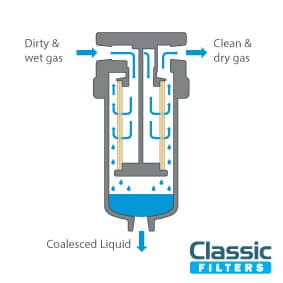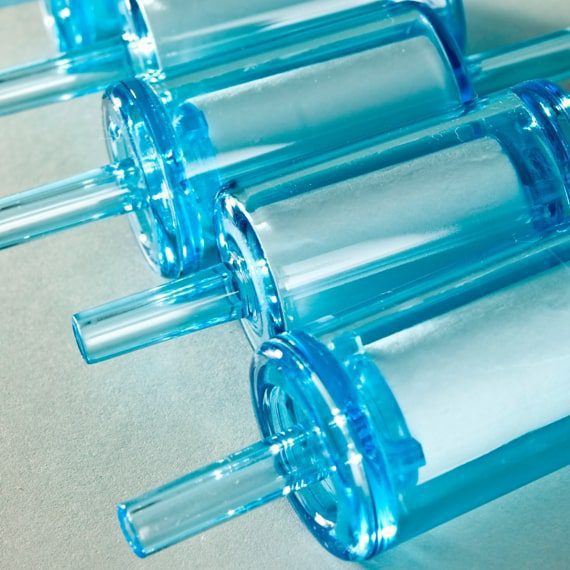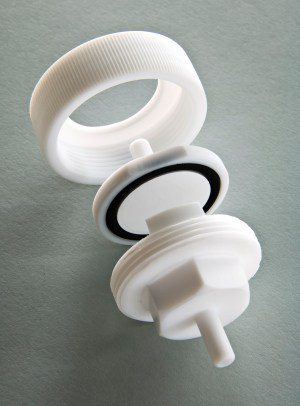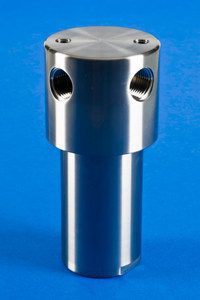Where to fit a Coalescing Filter?
A common question that is often asked is:-
I have installed a coalescing filter but I’m still getting liquid out of the line at point of use, why? First point is that the coalescing filter should be fitted as close to the point of use as is possible.
Why? As gas cools and the velocity drops then any moisture in gas phase will condense turn into an aerosol and eventually into water droplets.
The most common problem on air lines is the filter is fitted on the air reservoir, but because the air is so hot most of the moisture is in gas phase and travels straight through the filter, then as it travels around the air lines it cools and reduces speed allowing the moisture to form droplets in the lines which comes out at the point of use.
The best solution is to fit what is known as droplines around the system. Droplines are what they say, lines that hang down from the main pipe with either a take off for point of use which must have a coalescing filter on it, or if the main line has very long runs then droplines with either a drain vessel or an automatic drain should be positioned at intervals along it.
The temperature at which the moisture appears is known as the dew point and to effectively coalesce as much moisture out of the gas as possible the gas dew point should be as low as possible.
In systems where no moisture can be tolerated the only way to do this is either by fitting a cooler to the line or a dryer, all of which will have a stated dew point for the output gas. It is still important to fit coalescing filters as added protection.

It is also important to service the filters regularly, if moisture gathers in the bowl to a point where the filter element is sitting in it then it will get re-entrained. Also, the filter elements need changing before they become clogged otherwise they can split under the increased differential pressure.
Need some advice?
You can leave a comment below or contact us by calling +44 (0)1634 724224, use the form on the right or send us an email to [email protected]





